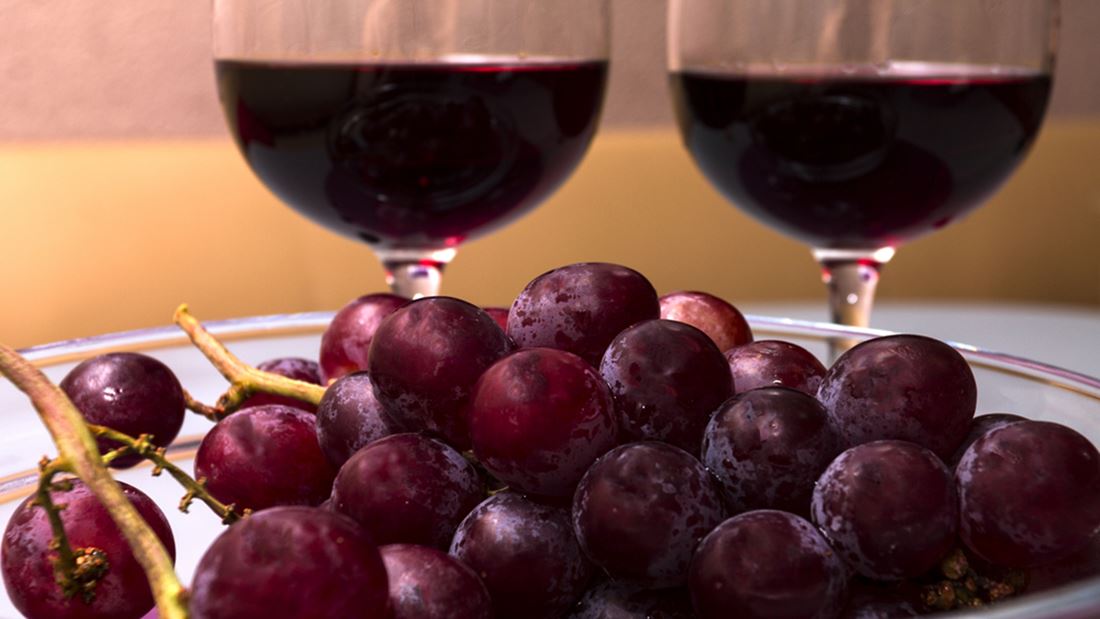
30 Dec Understanding the Basics of Wine Making
Most people that are interested in wines are also curious about how it’s made. It’s common knowledge that wine is the fermented juice of grapes, but there are a number of stages in the process that lend a wine its distinctive character.
If we were to describe the process in the simplest terms, vines are planted to grow grapes, which are then picked and crushed. The juice is allowed to ferment and the resulting liquid is then bottled for consumption. Here we take a closer look at this process and understand the basics of wine making.
The basics of wine making
#1 The Right Vineyard Matters
The location where the wine grapes are to be planted is probably the most crucial decision a winemaker has to be take. The topography, weather, soil composition and the climatic conditions have to be just right for the vines to produce grapes and properly ripen.
#2 Knowing When to Harvest
This is the second most crucial aspect of wine making. The wine makers must choose the right time to pick (harvest) the grapes. It’s important that they be harvested when they are in peak condition; the range of factors considered will be taste, colour and sugar levels etc. The grapes have to be picked skilfully and delicately in order to ensure they don’t spilt or get bruised. Today, most wineries use machines as well as manual harvesting methods. However, most fine wine producers prefer using the hand-picking method; this process is more prevalent in French wineries.
#3 Preparing & Crushing
At some point of the wine making process, the grapes would have to be separated from their leaves and stems, and machines are used for this purpose. If these are allowed to be in contact with the grape bunches for too long post harvesting, the stems can give off an unwanted and bitterish taste to the wine. This is the point at which the white grapes are treated very differently from the red varieties.
The latter are left in their juice and impart their flavour, tannins and colour to the wine. On the other hand, the white wine grapes will first be crushed and the juice is then separated from their skin. This is the primary difference between the red and white making processes. The complex flavours, textures and rich colours that red wines have are a result of the time that the juice stays in contact with the grape skins and this is the basic difference between white wines and red wines.
#4 Fermentation
This is the process in which the naturally occurring sugar in the grapes is converted into alcohol. All grape varieties have a certain amount of yeast content in them. However, these strains are quite unpredictable; it’s why most current day winemakers add certain specialised cultures for more consistent and predictable results. In some wine varieties, sugar may also be added.
The right temperature and duration are vital aspects of the fermentation process, as are the vessels used. White wines may be fermented either in oak barrels or stainless steel vats. Red wines are generally fermented in oak barrels and every wine maker decides the time frame for which every grape variety has to be fermented.
The Final Steps
Once the wine has achieved the required alcohol content and the fermentation process is complete, it will be clarified and filtered. The finished liquid will then be bottled and labelled. Some wines are for immediate consumption while fine wines will be aged before they are put on the market for sale.
For any information about cellaring wine and getting custom-designed wine cellars installed, call Signature Cellars at this number 02 9340 7515 or use this contact form to get in touch with us.
Thanks for reading,
Neil Smallman
Signature Cellars
1300 570 636




No Comments